Forums
XP3Y-1
Post a reply
- Go to Previous topic
- Go to Next topic
- Go to Welcome
- Go to Introduce Yourself
- Go to General Discussion
- Go to Screenshots, Images and Videos
- Go to Off topic
- Go to Works in Progress
- Go to Skinning Tips / Tutorials
- Go to Skin Requests
- Go to IJAAF Library
- Go to Luftwaffe Library
- Go to RAF Library
- Go to USAAF / USN Library
- Go to Misc Library
- Go to The Ops Room
- Go to Made in Germany
- Go to Campaigns and Missions
- Go to Works in Progress
- Go to Juri's Air-Raid Shelter
- Go to Campaigns and Missions
- Go to Works in Progress
- Go to Skinpacks
- Go to External Projects Discussion
- Go to Books & Resources
-
9 years agoSat Oct 31 2015, 11:30am
 Main AdminThe sole XP3Y-1 was built at Buffalo in New York, construction starting toward the end of 1933. Its first flight was undertaken from the Naval Air Station at Norfolk in Virginia, this decision being taken because of the possibility of icing on Buffalo?s Niagara River. The almost complete airframe was taken by rail to Norfolk NAS, where final assembly took place and the maiden flight was successfully achieved on 21st March 1935. Further test flights were conducted from Norfolk and Anacostia. The flying boat was given the US Navy serial Bu9459.
Main AdminThe sole XP3Y-1 was built at Buffalo in New York, construction starting toward the end of 1933. Its first flight was undertaken from the Naval Air Station at Norfolk in Virginia, this decision being taken because of the possibility of icing on Buffalo?s Niagara River. The almost complete airframe was taken by rail to Norfolk NAS, where final assembly took place and the maiden flight was successfully achieved on 21st March 1935. Further test flights were conducted from Norfolk and Anacostia. The flying boat was given the US Navy serial Bu9459.
The US Navy made a few recommendations for modifications, which included a rear hull extension, the installation of a gun position in the lower hull aft of the keel and a revised profile to the bow turret. Generally, though, the clean lines of the hull and wings were to remain virtually unaltered through all the subsequent versions of the PBY. The only major change to the design came during the Second World War, when the Naval Aircraft Factory came up with the rather more aggressive-looking PBN-1 Nomad. However, one particular problem dogged the design from beginning to end ? directional stability. The XP3Y-1 alone underwent three changes of rudder profile, and even after these were introduced, problems persisted. In fact, rudder re-design was to be a feature of the subsequent Consolidated Model 28/PBY series throughout its design life and even on into the post-war period! In all other respects, however, Laddon had got it right. The prototype received uprated engines in the shape of the Pratt & Whitney R-1830-64 of 850 hp and it became the XPBY-1 prototype.
The Model PBY airplane was designed for use as a patrol airplane, bomber or torpedo airplane It is also Suitable for search and rescue operations and was extensively used for this purpose during the war. The hull is divided into five main watertight compartments by four bulkheads equipped with watertight doors. The wing is mounted on a superstructure built up from the hull and incorporates the engine nacelles, fuel and oil tanks and two retractable auxiliary floats. Thermal anti-icing is incorporated in the leading edges of the wing and tail group. The airplane has no landing flaps or other high-lift devices but due to the relatively low wing loading it has a stalling speed of only 65 knots at maximum gross weight with floats and gear down. The airplane normally carries a crew of eight.
By any measure, the Consolidated PBY Catalina was the most successful patrol boat ever built. First flown in March 1935, 2398 Catalinas were built in this country, and a number were constructed under license in other countries, including Russia. In addition to the United States forces, British, Canadian, French, Australian, and Dutch forces used the PBY in World War II. After the war's end in 1945, the aircraft continued to be used by various military forces in different parts of the world, and a 22-passenger version was in use as an airliner in South America. Even today, a few Catalinas may be found employed in different activities. Certainly, the aircraft has been used, at one time or another, for every purpose for which a flying boat might be used - and perhaps a few never dreamed of by the designers.
The PBY was initially designed and produced as a pure flying boat; however, two later versions were amphibians. Although descended from the PY-1 and Commodore series of aircraft, the PBY family bore little resemblance to these earlier flying boats. The semi-cantilever monoplane wing with engines mounted in the leading edge was positioned a short distance above the hull on a streamlined pylon. Two short struts on either side of the hull helped support the wing and engines. The hull itself had a single transverse step with an afterbody tapering to a sharp, vertical stern post. No means of lateral stabilization is evident in the photograph since the floats used for this purpose were retractable and formed part of the wingtip in the stowed position. They were, of course, extended only when the aircraft operated from the water. Controllable-pitch propellers were used, but the aircraft had no flaps, which accounted for the relatively high estimated stalling speed of 79 miles per hour.
Innovative is a word that might justifiably be used to describe the configuration of the PBY series of aircraft. The values of CD,O and (L/D) max. of 0.0309 and 11.9 indicate a relatively aerodynamically clean flying boat for its time. The maximum and cruising speed of 179 and 117 miles per hour were not particularly fast but were satisfactory for a World War II patrol boat. The Catalina was of all-metal construction except for the trailing-edge portion of the wing and the control surfaces, which were covered with fabric.
Accommodations in the Catalina provided for a gunner located in the nose, side-by-side seating for the pilot and copilot behind the nose gunner, a navigator/radio station behind the pilots, and a flight engineer's station located in the pylon supporting the wing. below shows a small window in the pylon for use by the flight engineer. Located in the hull behind the wing were two gunners in transparent blisters on either side of the aircraft. Some aircraft also had a gun that could be fired downward and to the rear through an inclined tunnel that opened on the bottom behind the stern post of the hull. For offensive operations, the PBY-5A could carry either 2000 pounds of bombs, two torpedoes, or four 325-pound depth charges. The range of the aircraft, of course, varied with the payload. For purely patrol operations without any bombs, etc., the range was 2545 miles.
On 22 November 1939, six years after the initial prototype, the first amphibious version of the Catalina design flew. The XPBY-5A had a retractable tricycle undercarriage offering so much versatility that the Navy had the remaining thirty-three built to the same standard. In 1940 an additional 134 PBY-5As were ordered and by December 1941, the Catalina was the principal patrol bomber flying-boat. The outset of WWII saw additional contracts placed with Consolidated, including 782 PBY-5As, constructed in New Orleans and several factories in Canada.
The 1933 PBY (originally designed as the XP3Y-1) - rather than a larger craft with longer range, higher speed, and greater carrying capacity - was the most widely used WW II patrol plane. Designed by the Consolidated Aircraft Corporation, about 4,000 Catalinas were built between 1936 and 1945 and served in every maritime theater for patrol, night bombing, and search and rescue.
The Navy sponsored at least six distinct flying boat designs as follow-ons to the PBY. A twin-float patrol torpedo bomber was at one extreme and the flying boat designed for catapulting was at the other. Major efforts went, into more conventional large boats, some with two and others with four engines. Out of these efforts came the Martin PBM and the Consolidated PB2Y; both entered limited service in 1940. In late 1939, when the Navy needed to order a tested patrol plane for the Neutrality Patrol, the PBY had no competition.
The Consolidated PBY was ubiquitous as a patrol aircraft for the US and Royal navies, entering service with the latter in early 1941, well before America's entry into the war. PBY crews located the Bismarck, gave the Royal Navy warning of the April 1942 Japanese incursion into the Indian Ocean, located the Japanese carrier force before Midway, were omnipresent in tracking Japanese task forces and convoys in the Solomons campaign, and played a major role in the Battle of the Atlantic. Allied effectiveness in dealing with Axis naval surface forces owed much to US and Royal Navy emphasis on patrol operations in which the PBY excelled and played a disproportionately important role.
A twin-engine flying boat of conservative design, the Consolidated PBY (Catalina in British service) entered service in 1936 and possessed unremarkable performance except in range, endurance, and handling qualities. A competent design, it was the right aircraft for the job at the right time and was procured in adequate numbers by the US Navy and for British and Canadian forces. That the PBY's strategic significance was due as much to the US and Royal Navy's emphasis on reconnaissance in support of the battle fleet as to the excellence of its design takes nothing away from the PBY's luster. It was slow, with a cruise speed of only 179 mph, but had a radius of action of nearly 2,000 miles and an endurance of no less than 17.6 hours.51 Less effective as an anti-submarine patrol aircraft than the B-24 by virtue of the latter's greater speed and the ease with which it could be modified to carry electronic equipment and offensive ordnance, it was still useful in that role. Later versions were amphibians, fitted with retractable landing gear. In addition to reconnaissance, it was used for air-sea rescue by US Army Air Forces in the later stages of the Pacific war.
Known variously as Catalina, Canso and Nomad, the PBY was one of the US Navy's most useful aircraft during WW II, with more produced than any other flying boat before or since. The first prototype of this long-lived seaplane, originally designated XP3Y-1, was ordered in 1933 and flew two years later. The Catalina featured a cantilevered parasol-mounted wing with retractable floats which became the wing tips in flight. The prototype established a new world seaplane distance record in 1935, flying from Norfolk to Coco Solo. The 825-hp engines of the XP3Y were replaced by 900-hp models in the PBY-l's ordered in 1935 with first deliveries to VP-11F in 1936.
PBY-2's and -3's were ordered that same year and -4's in 1937. The last three copies of the PBY-4 came equipped with the now familiar waist-gunner blisters that were to mark all future versions. By mid-1938, 14 squadrons were flying PBY's. As WW II spread across Europe and then Asia, there were increased demands for a dependable long-range seaplane. Britain ordered PBY's for use in the RAF Coastal Command and named them Catalinas. The name stuck and was adopted in the U.S., Canada, Australia and New Zealand. The Free French, Dutch and Russians all procured PBY's. The USSR had first shown an interest in 1937 when it obtained civilian models for mail-cargo service and was licensed to build its own GST version.
In December 1939, the Navy ordered 200 PBY-5's mainly to bolster the Neutrality Patrol. First deliveries were made in September 1940. By the time the US entered WW II, most VP units had -5's. The -5A amphibious version made its appearance in late 1939 and displayed much greater utility with little decline in performance. The Catalina saw its first wartime action in the English Channel with the RAF and soon achieved fame by locating the Bismarck.
In US service, the PBY filled a variety of roles from ASW and reconnaissance to search and rescue. The Army Air Corps and Coast Guard also employed PBY's in various ways. Canadian-built PB2B and PBV-1A versions, nick-named Cansos in RCAF service, were produced in large numbers and the Naval Aircraft Factory also went into production with a PBN-1 Approximately 3,300 PBY types were produced during the war for the various services and Allies. At their peak employment, PBY's equipped 29 US patrol squadrons. This number dropped rapidly toward war's end as more modern seaplanes and land-based patrol aircraft replaced them. But the Catalina survived and for several years was a familiar SAR plane at naval air stations around the country.
Another product from New Orleans was the PBY-6A, an improvement upon previous versions with increased fuel capacity and search radar in a radome above the cockpit and amphibious undercarriage. The U.S. Navy received 112 PBY-6As while the US Army Air Force got seventy-five.
The United States Coast Guard first commissioned the Consolidated Catalina flying-boat in March 1941, and, by the end of the war, was still operating 114 Catalinas. On 5 October 1943, the US Navy established Patrol Squadron Six (VP-6 CG) home based at Narsarssuak, Greenland, code name Bluie West One (BW-1) as an all-Coast Guard unit. Although they had many responsibilities, the high number of convoy sinkings made rescue duties an elevated priority for the squadron. As more Catalina aircraft became available, more units were established at more locations including Reykjavik, Iceland, the Canadian Arctic, and Newfoundland. In addition to the North Atlantic patrols, the status of Coast Guard aircraft in 1944 showed the PBY-5As stationed in North Carolina, Washington, Florida, Massachusetts, and California.
In total, the PBY-5A saw wartime service with the United States Coast Guard from 1942 to 1945 by which time 114 were in service. In 1945 six improved PBY-6A models were acquired. In total, eight PBYs crashed while the remainders were returned to the Navy except for 19, which went to Mutual Defense Assistance, and one to the Air Force.
Capable of carrying an airborne lifeboat under one wing, a majority of the Catalinas operated air/sea rescue until phasing out of use in 1954.
Specifications (PBY-5A)
Crew: 10 ? pilot, co-pilot, bow turret gunner, flight engineer, radio operator, navigator, radar operator, two waist gunners, ventral gunner
Length: 63 ft 10 7/16 in (19.46 m)
Wingspan: 104 ft 0 in (31.70 m)
Height: 21 ft 1 in (6.15 m)
Wing area: 1,400 ft? (130 m?)
Empty weight: 20,910 lb (9,485 kg)
Max. takeoff weight: 35,420 lb (16,066 kg)
Powerplant: 2 ? Pratt & Whitney R-1830-92 Twin Wasp radial engines, 1,200 hp (895 kW each) each
Zero-lift drag coefficient: 0.0309
Drag area: 43.26 ft? (4.02 m?)
Aspect ratio: 7.73
Performance
Maximum speed: 196 mph (314 km/h)
Cruise speed: 125 mph (201 km/h)
Range: 2,520 mi (4,030 km)
Service ceiling: 15,800 ft (4,000 m)
Rate of climb: 1,000 ft/min (5.1 m/s)
Wing loading: 25.3 lb/ft? (123.6 kg/m?)
Power/mass: 0.034 hp/lb (0.056 kW/kg)
Lift-to-drag ratio: 11.9
Armament
3 .30 cal (7.62 mm) machine guns (two in nose turret, one in ventral hatch at tail)
2 .50 cal (12.7 mm) machine guns (one in each waist blister)
4,000 lb (1,814 kg) of bombs or depth charges; torpedo racks were also available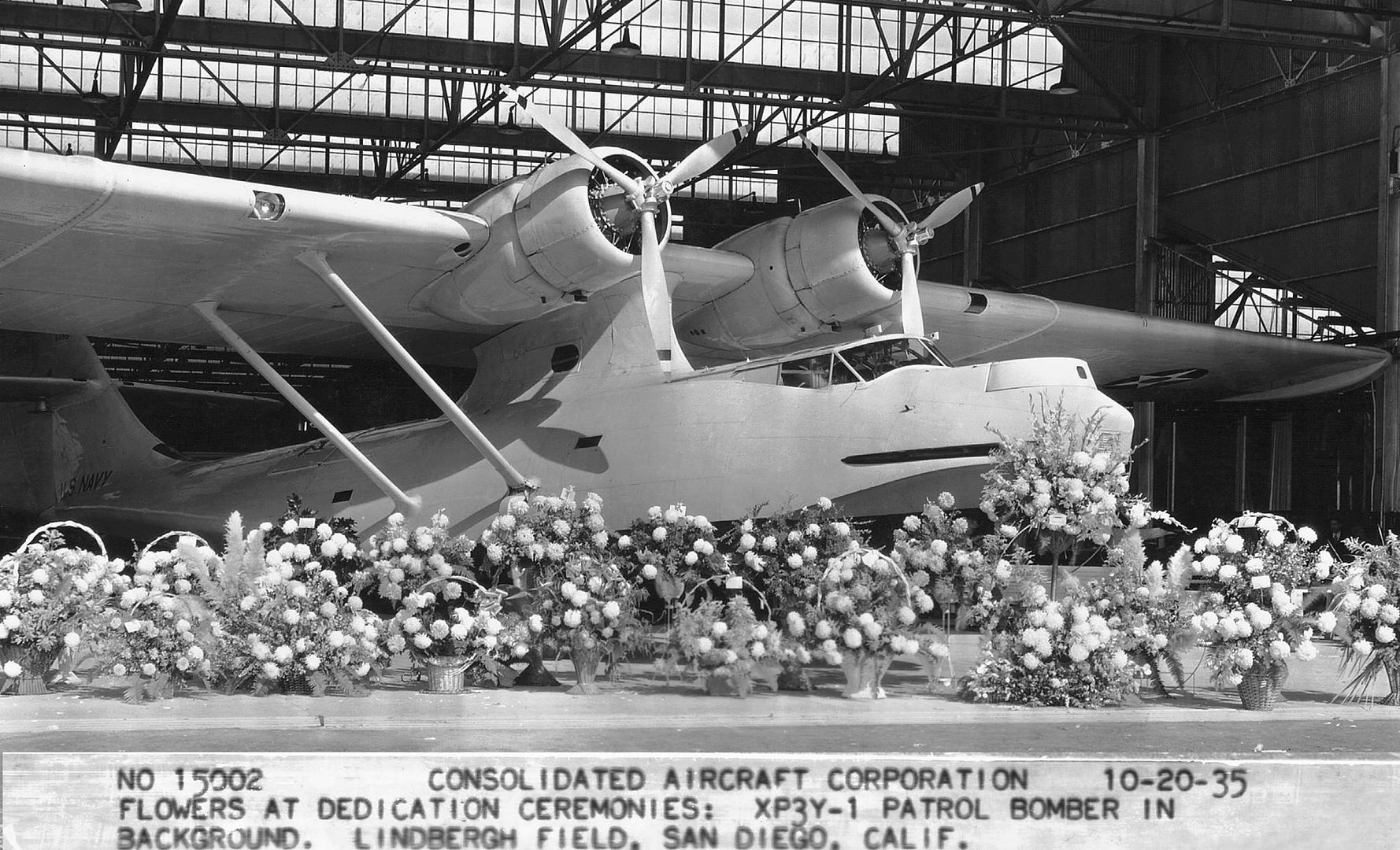
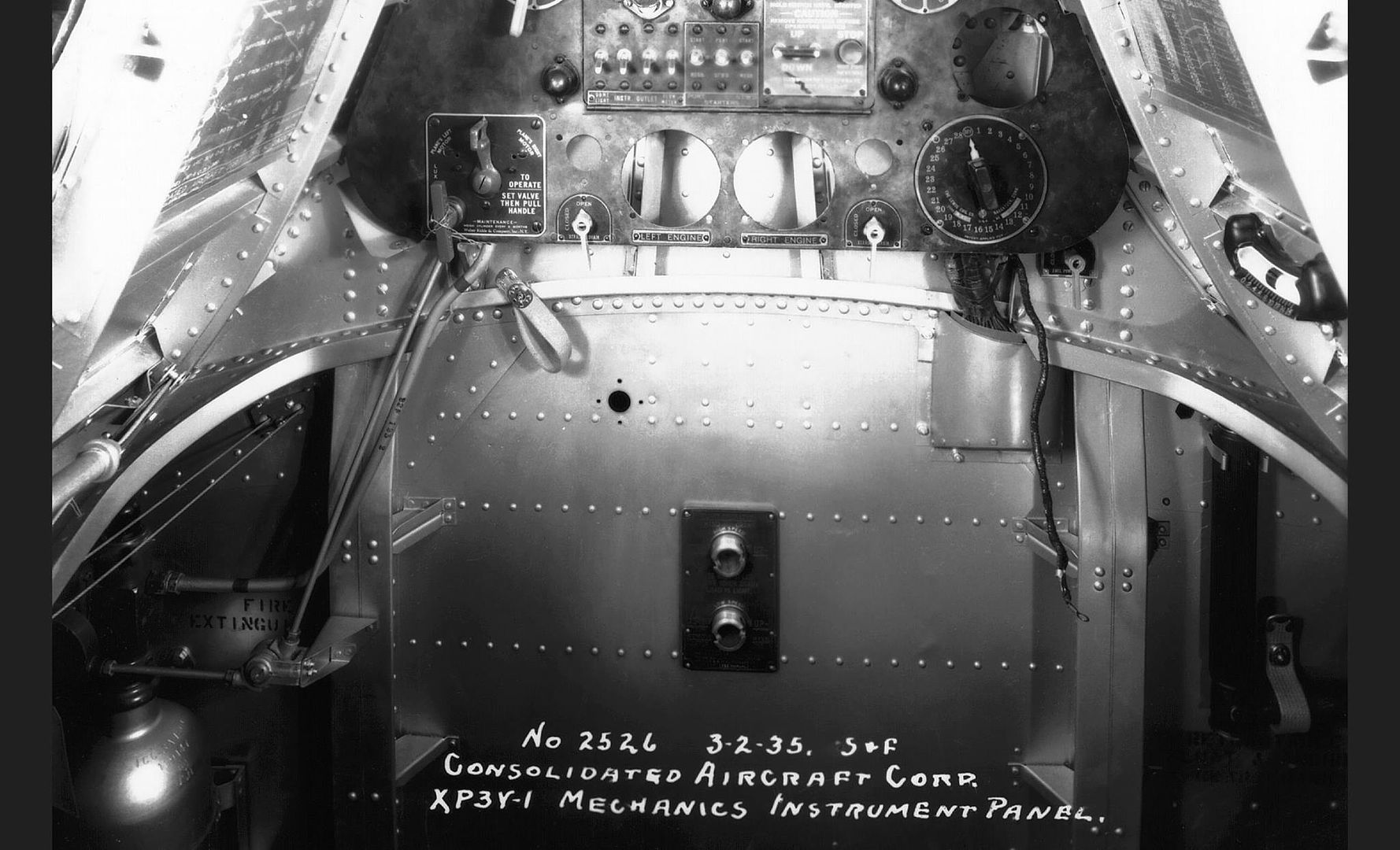
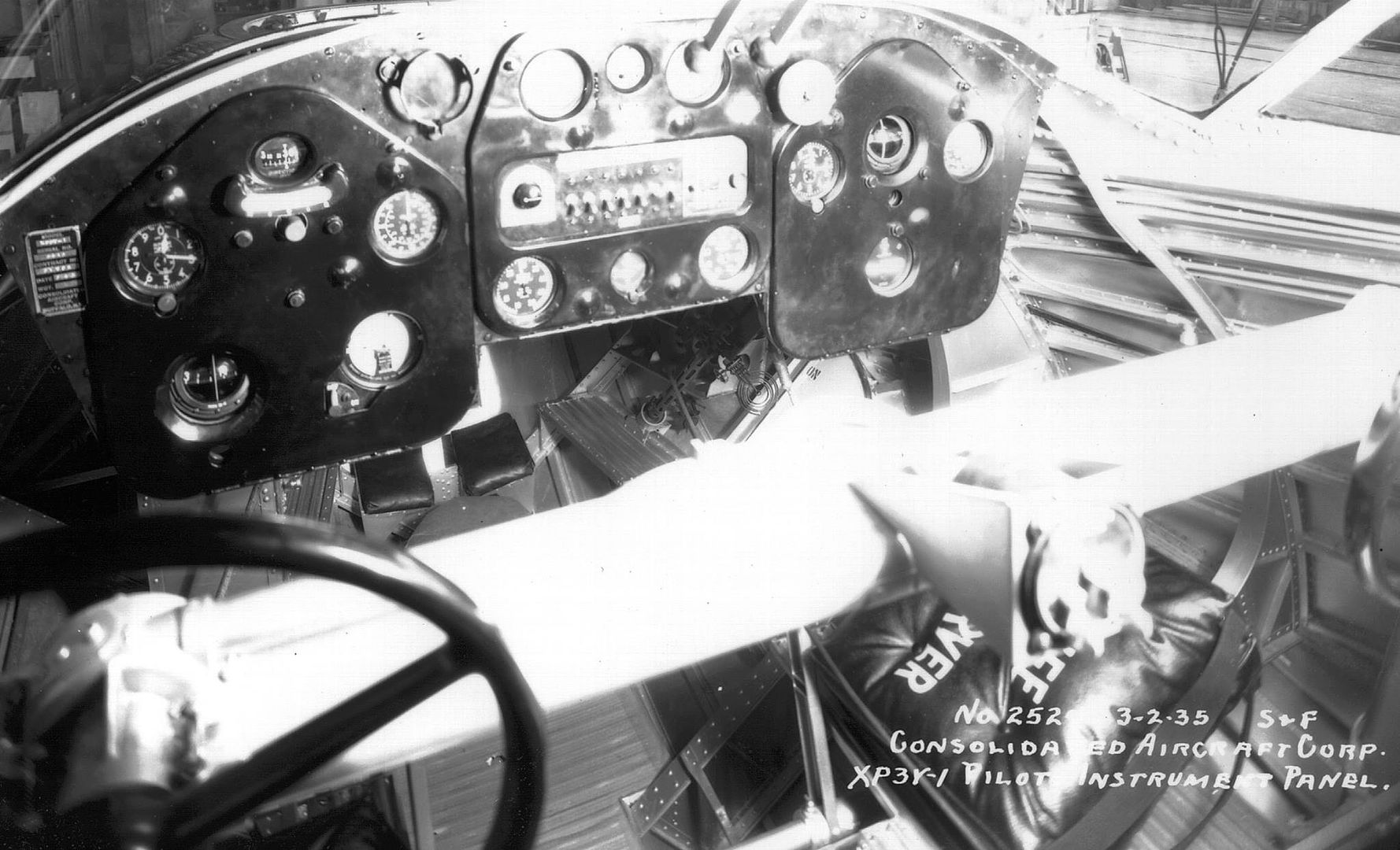
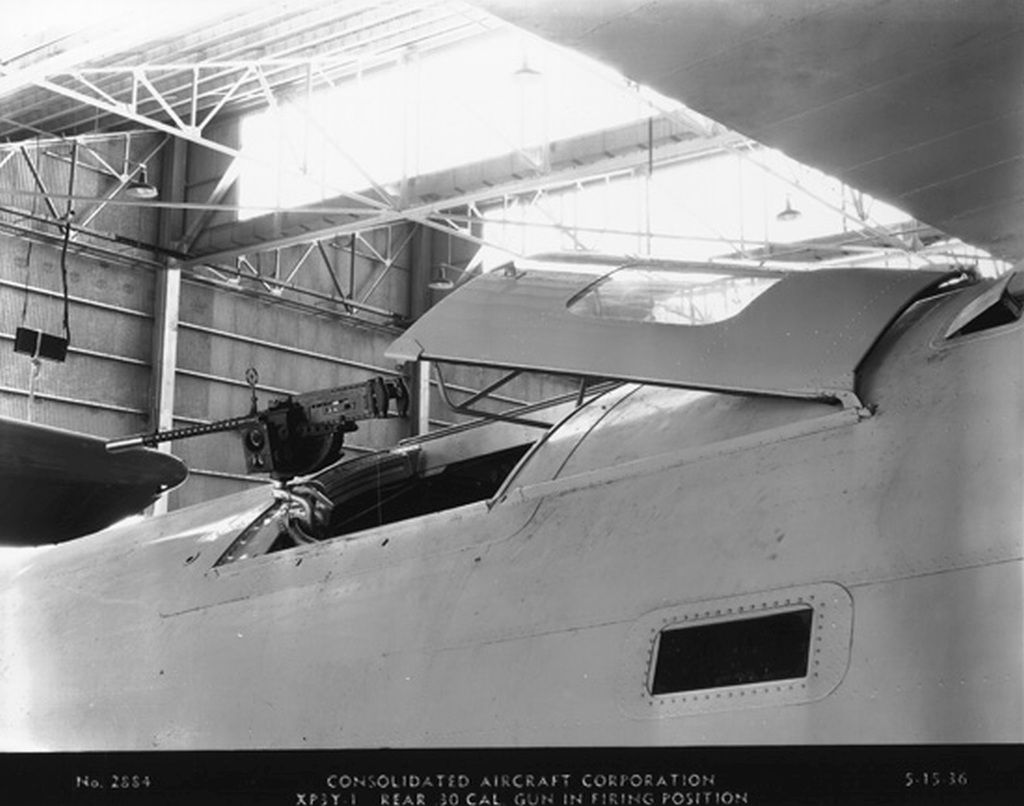
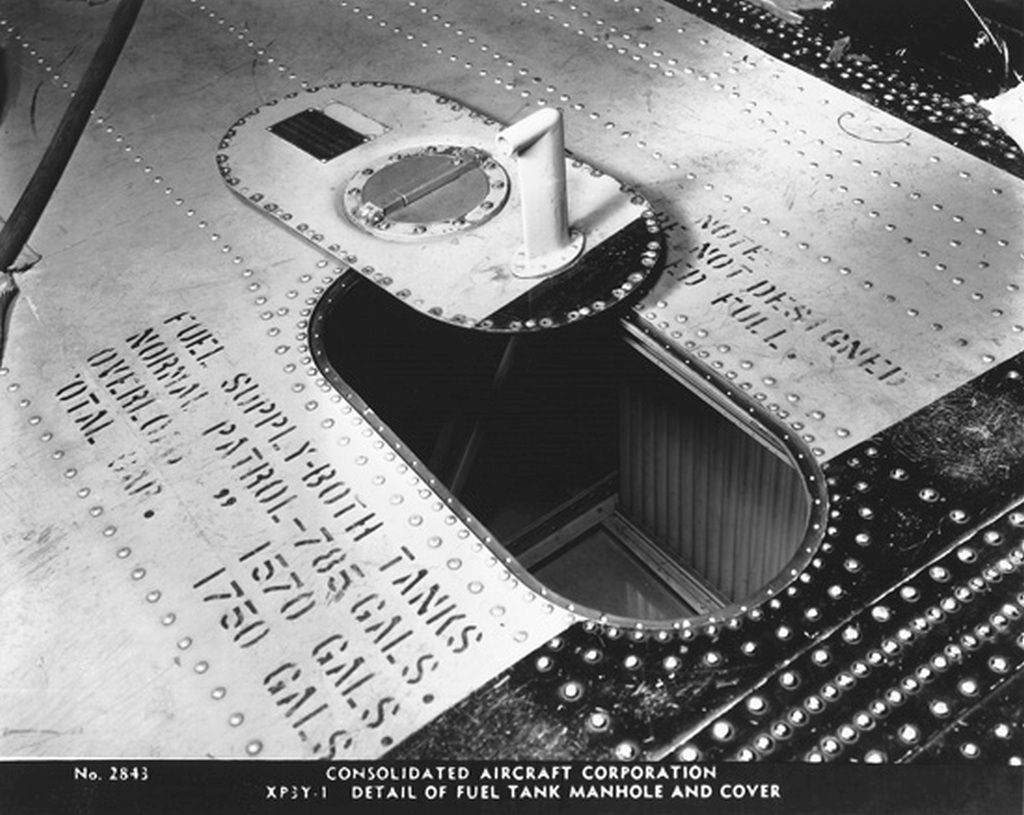
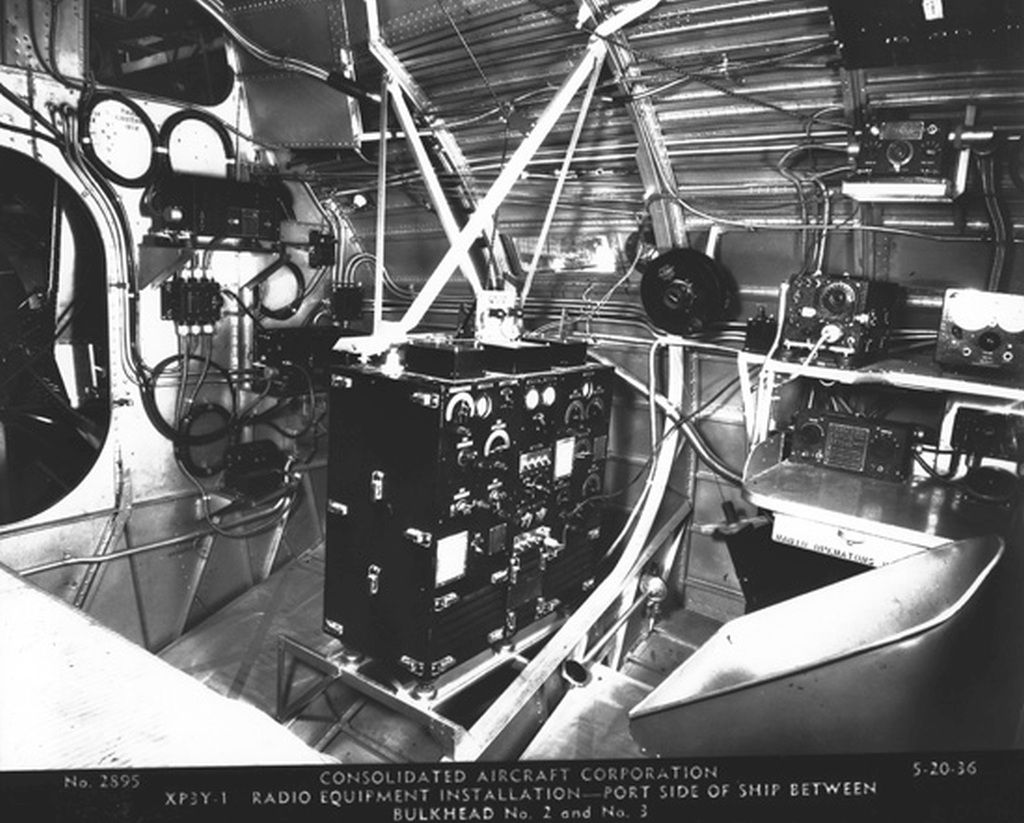
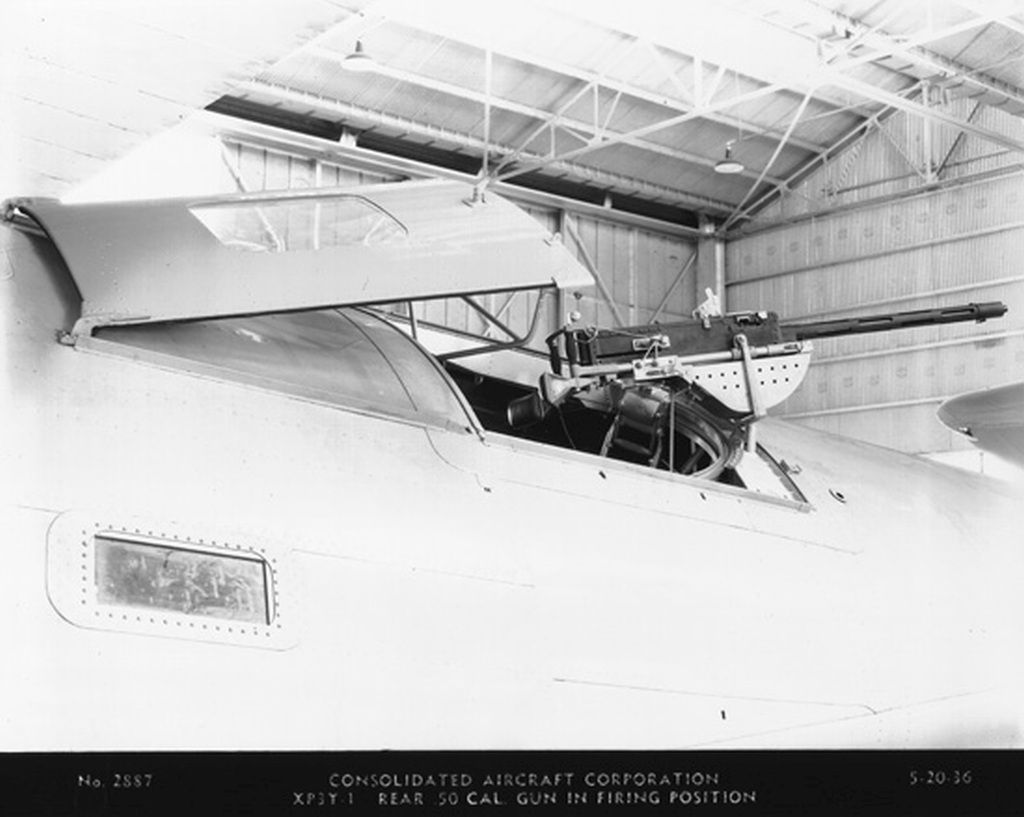
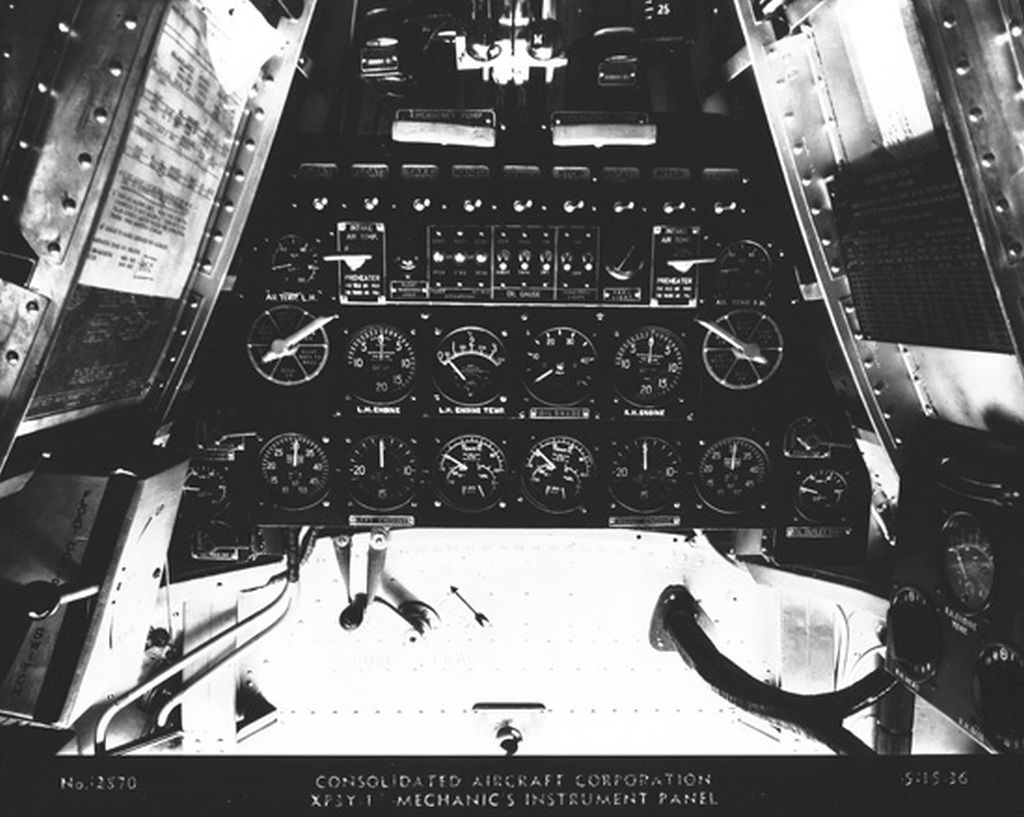
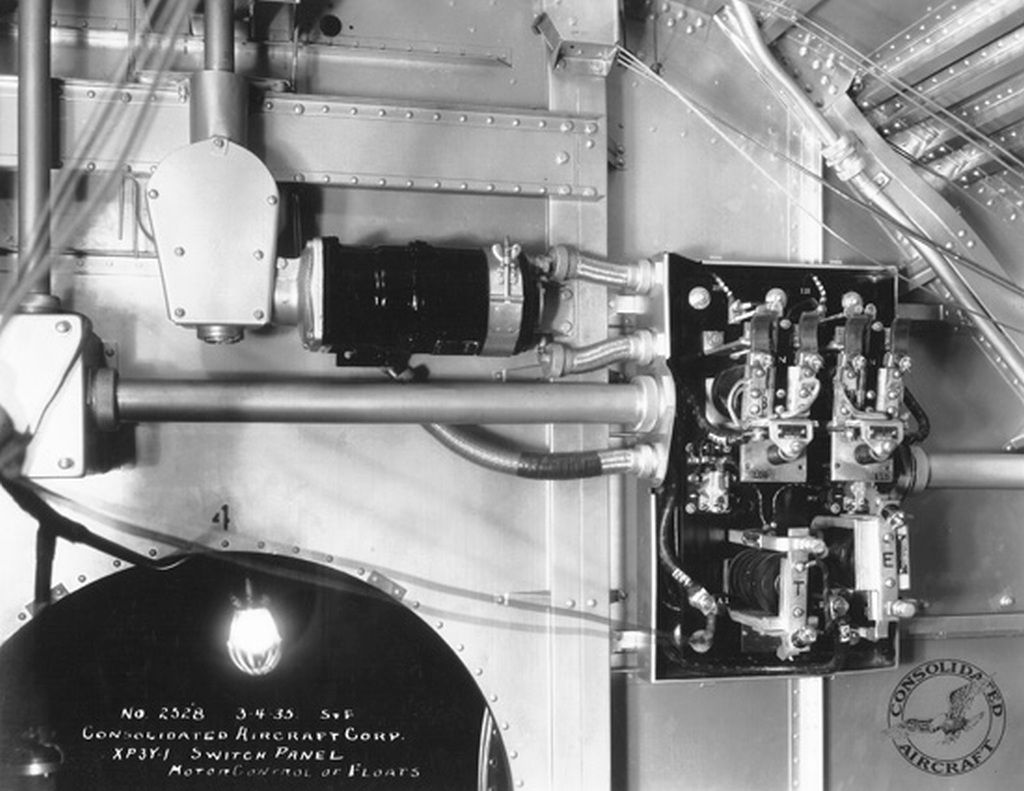
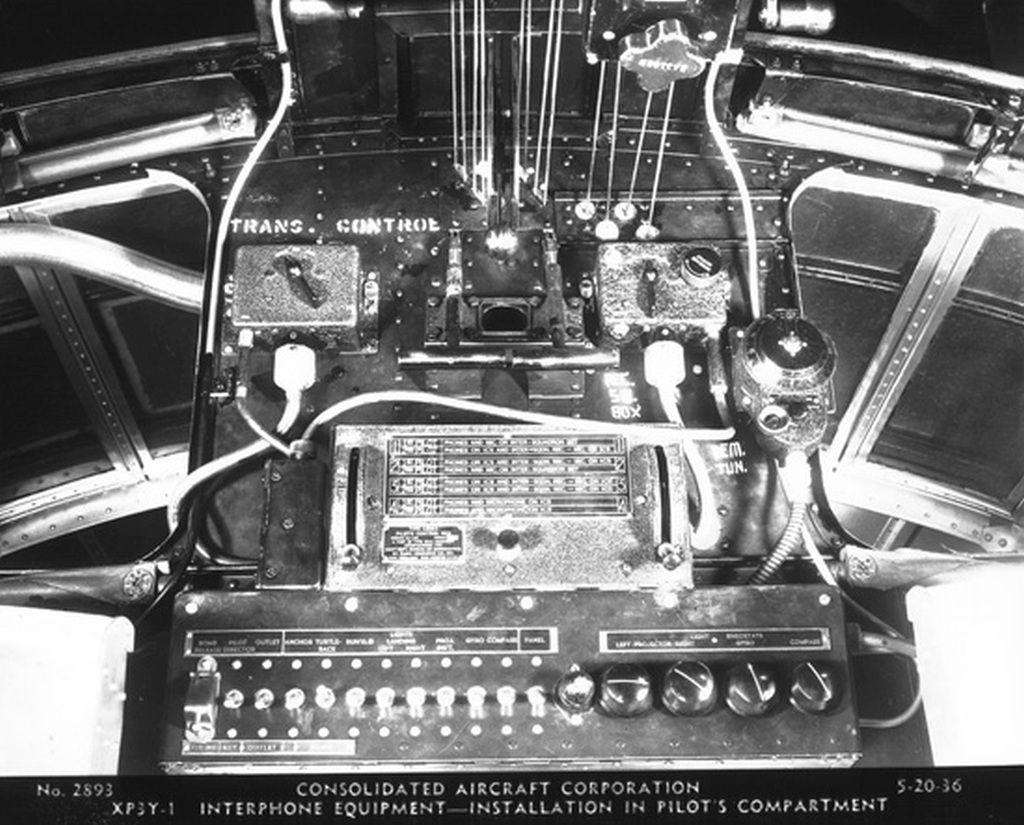
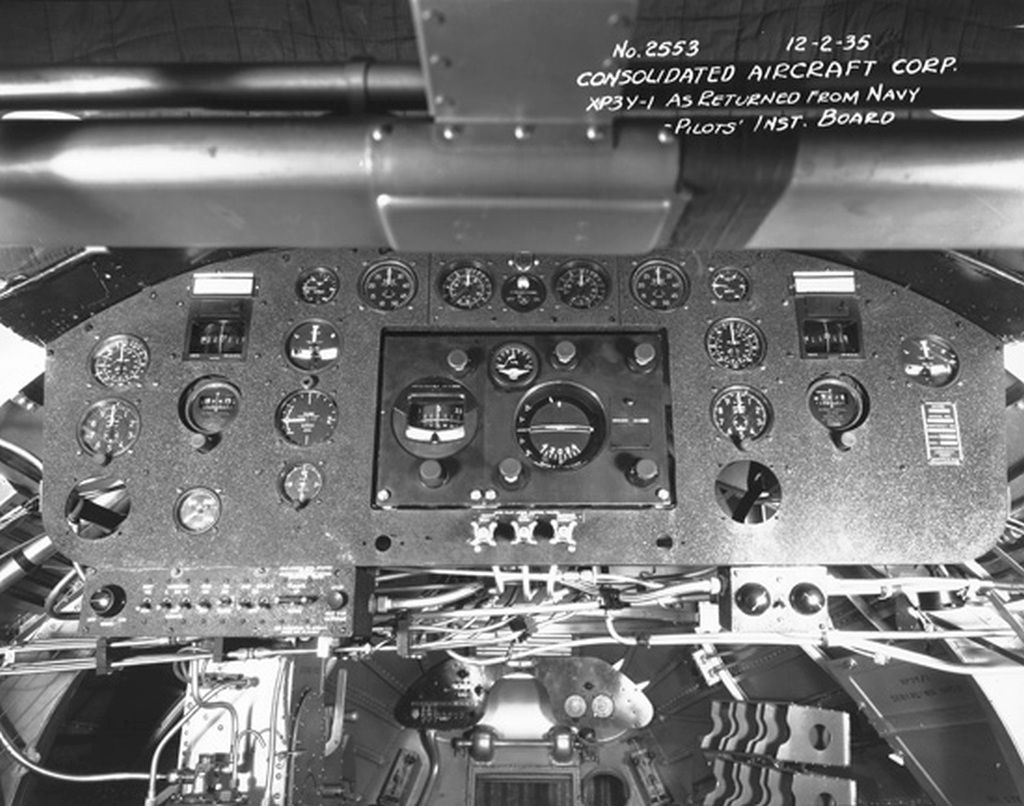

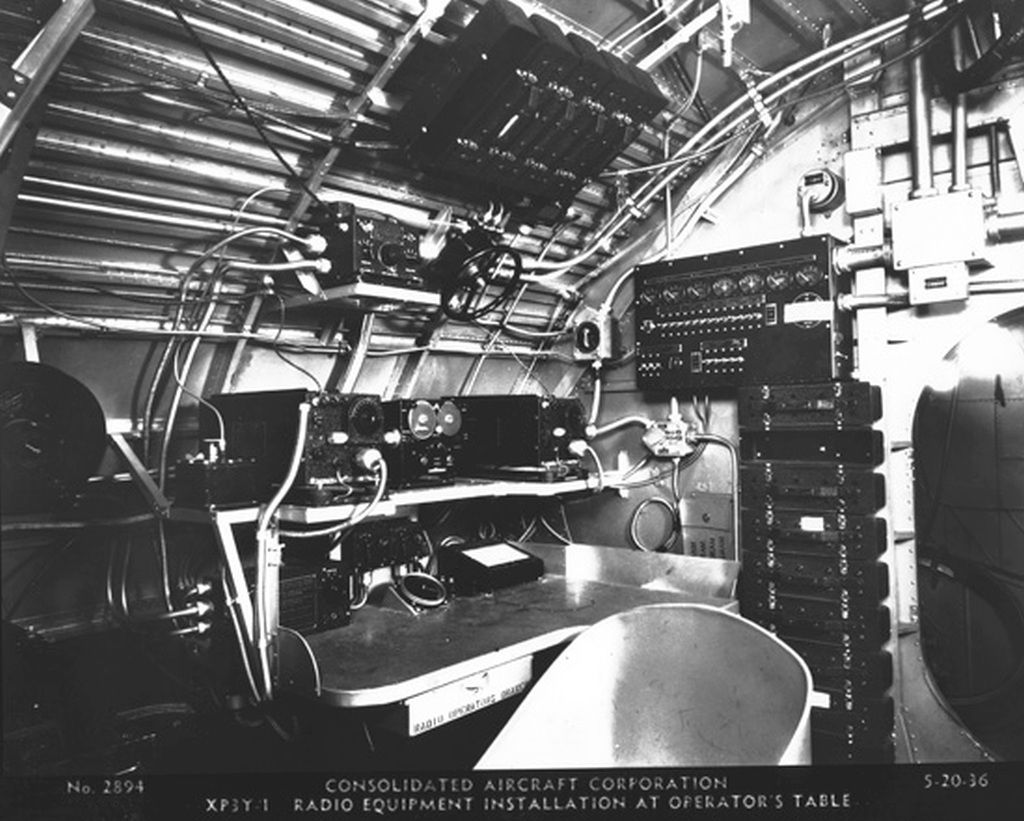

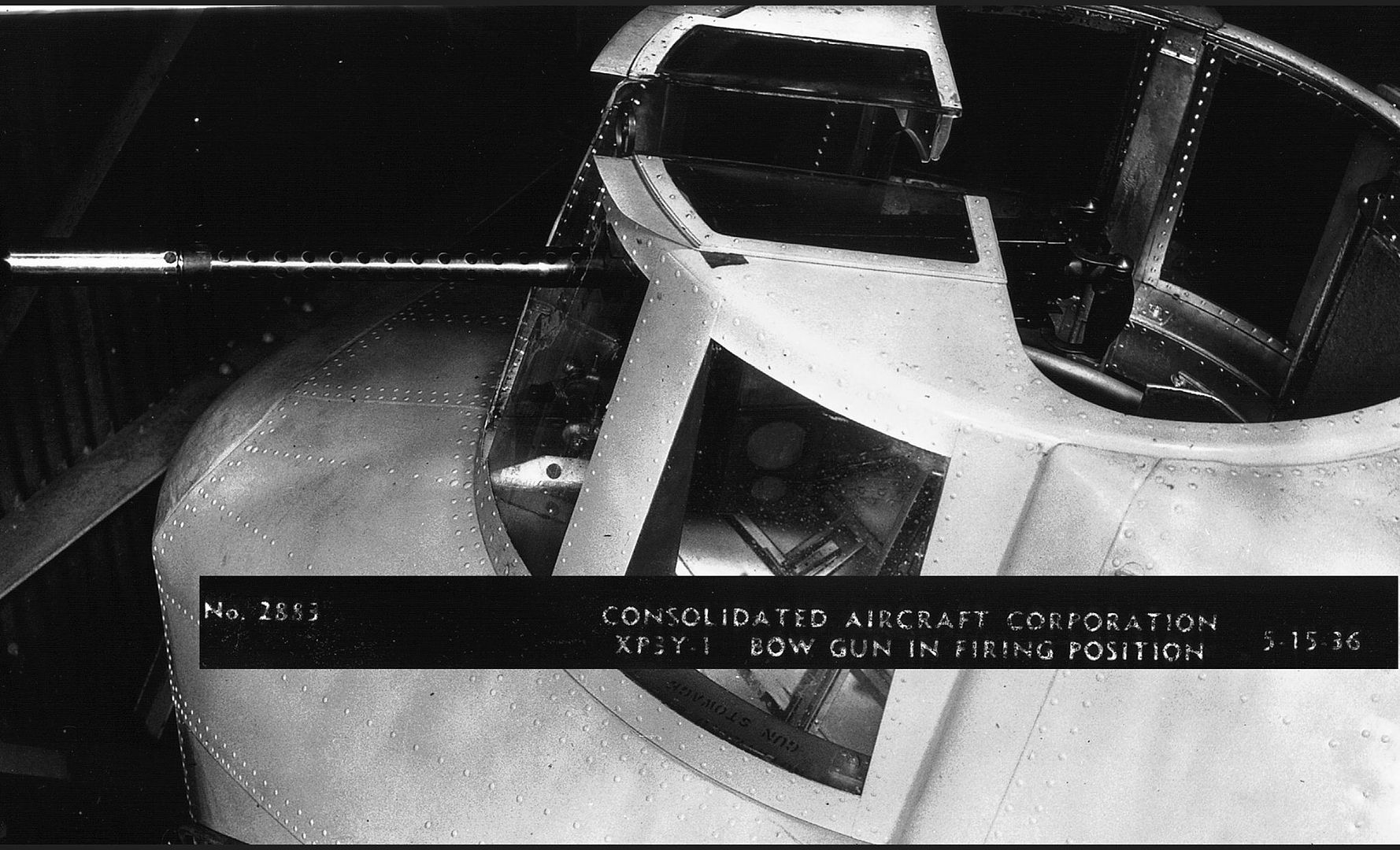
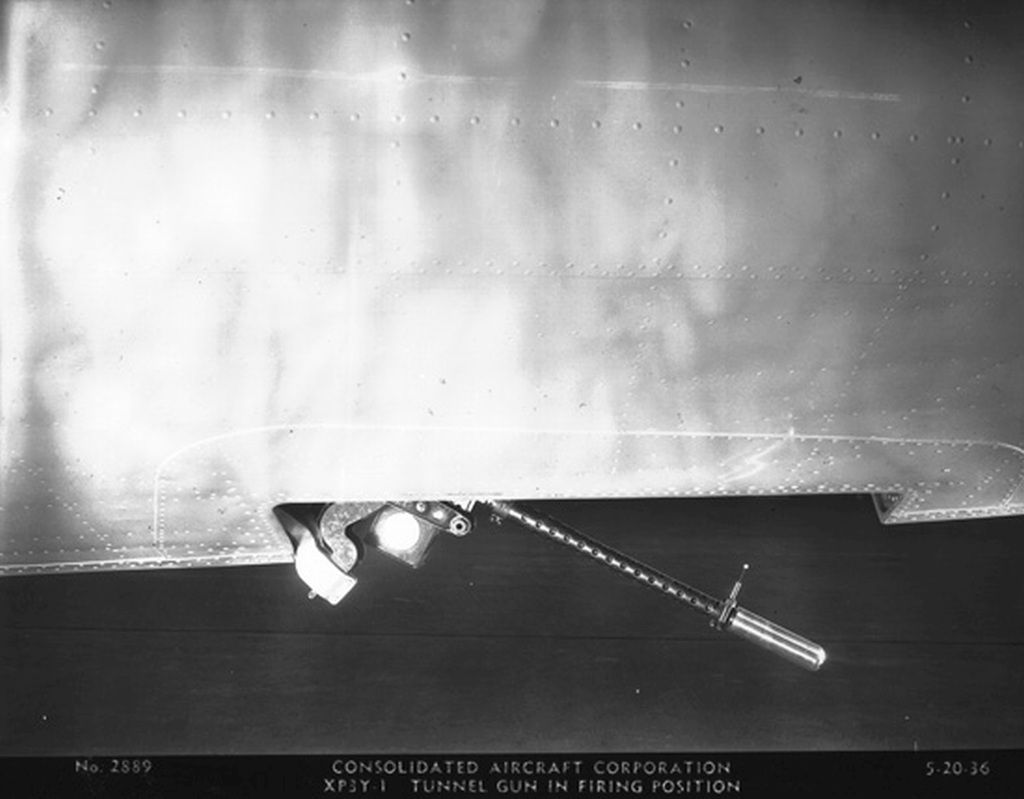
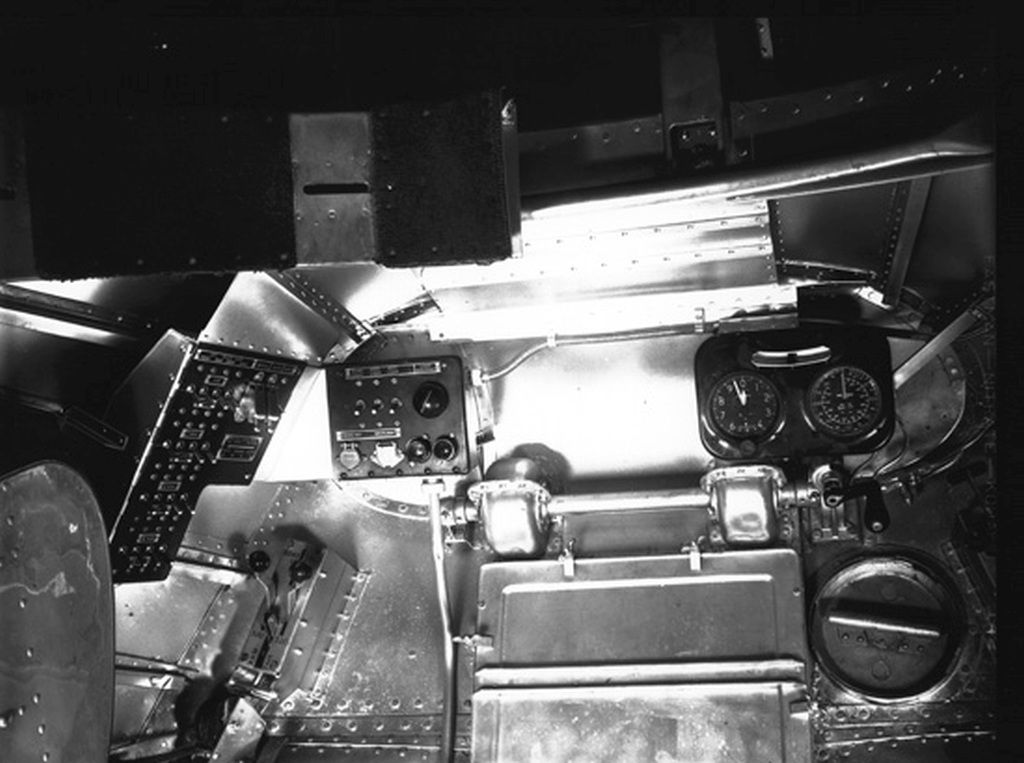
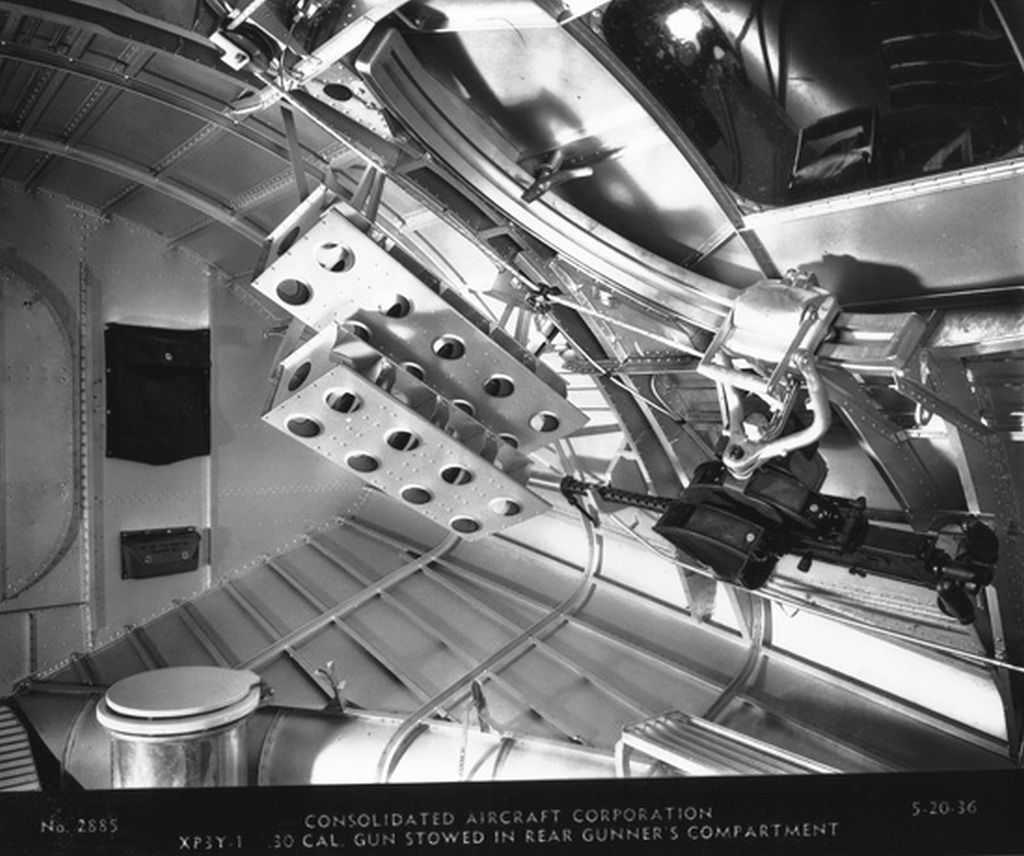
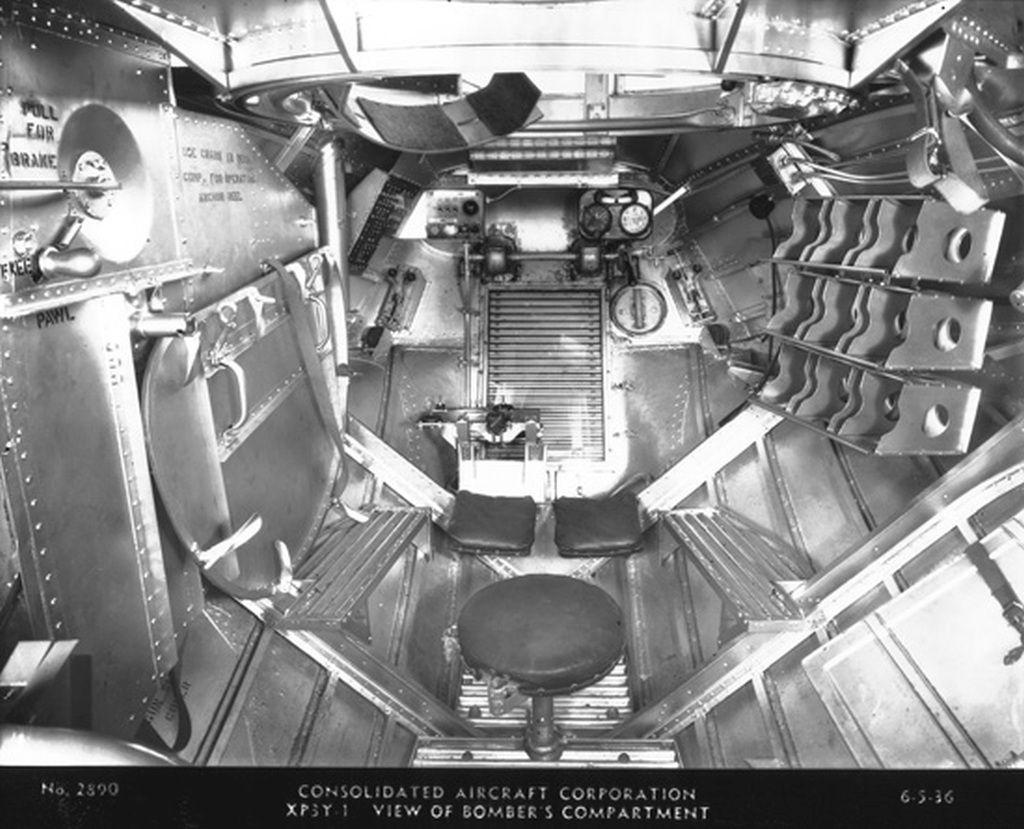
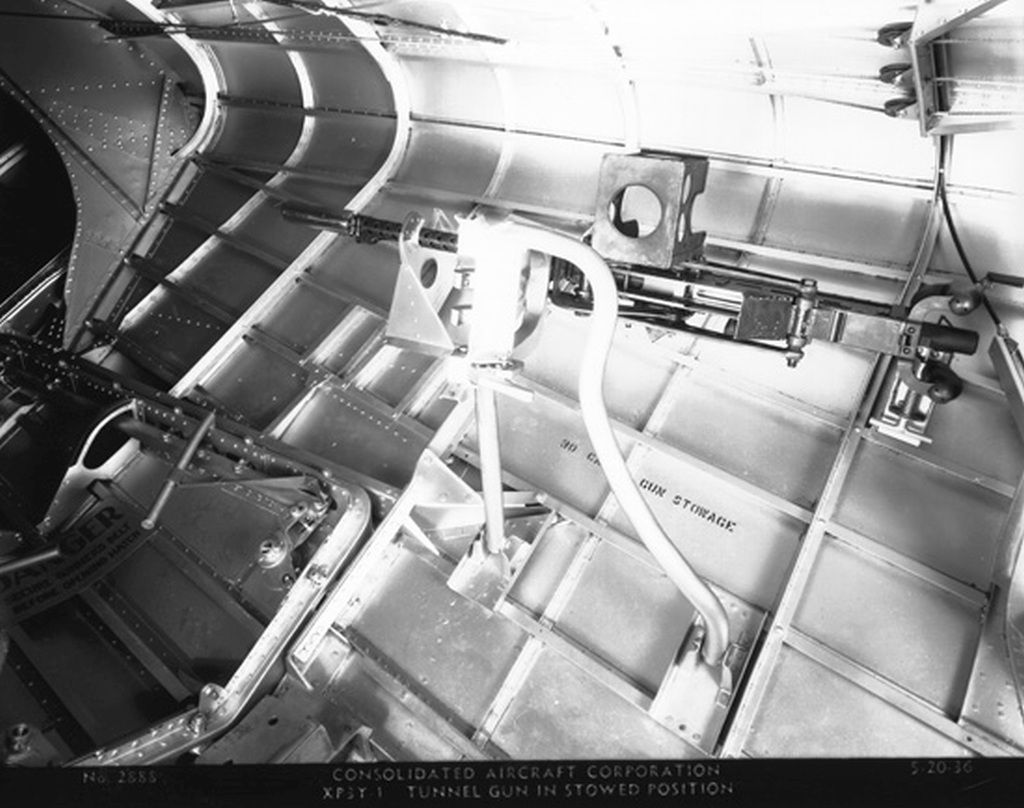
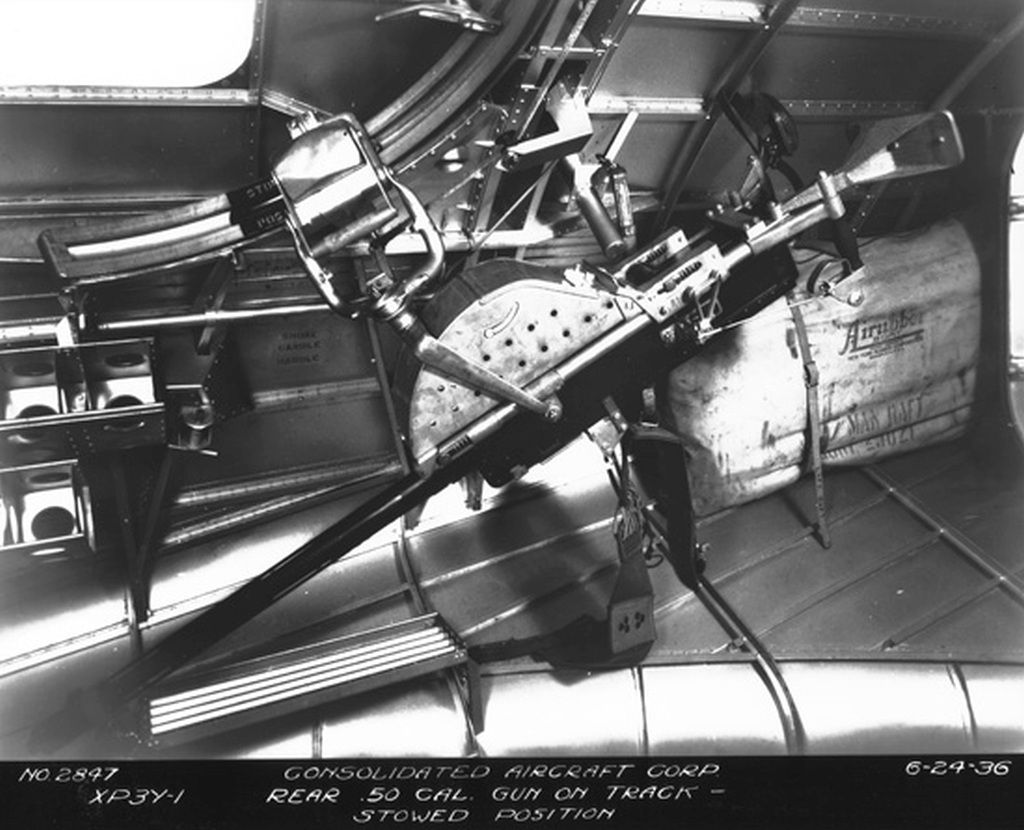
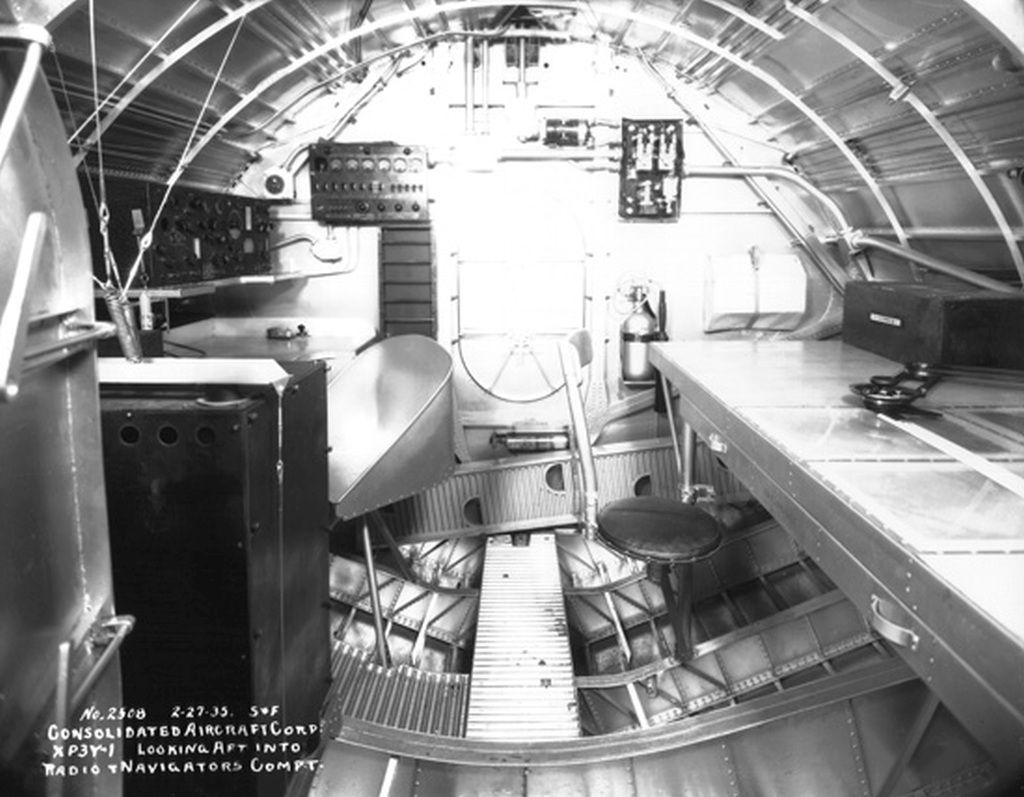
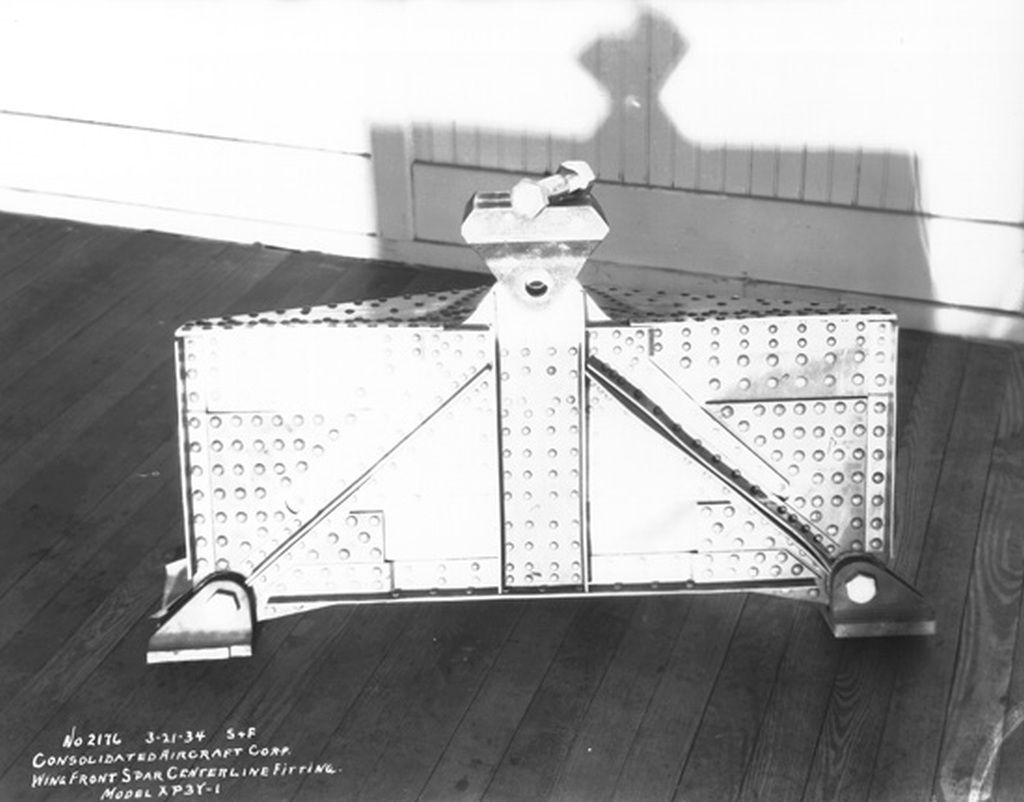
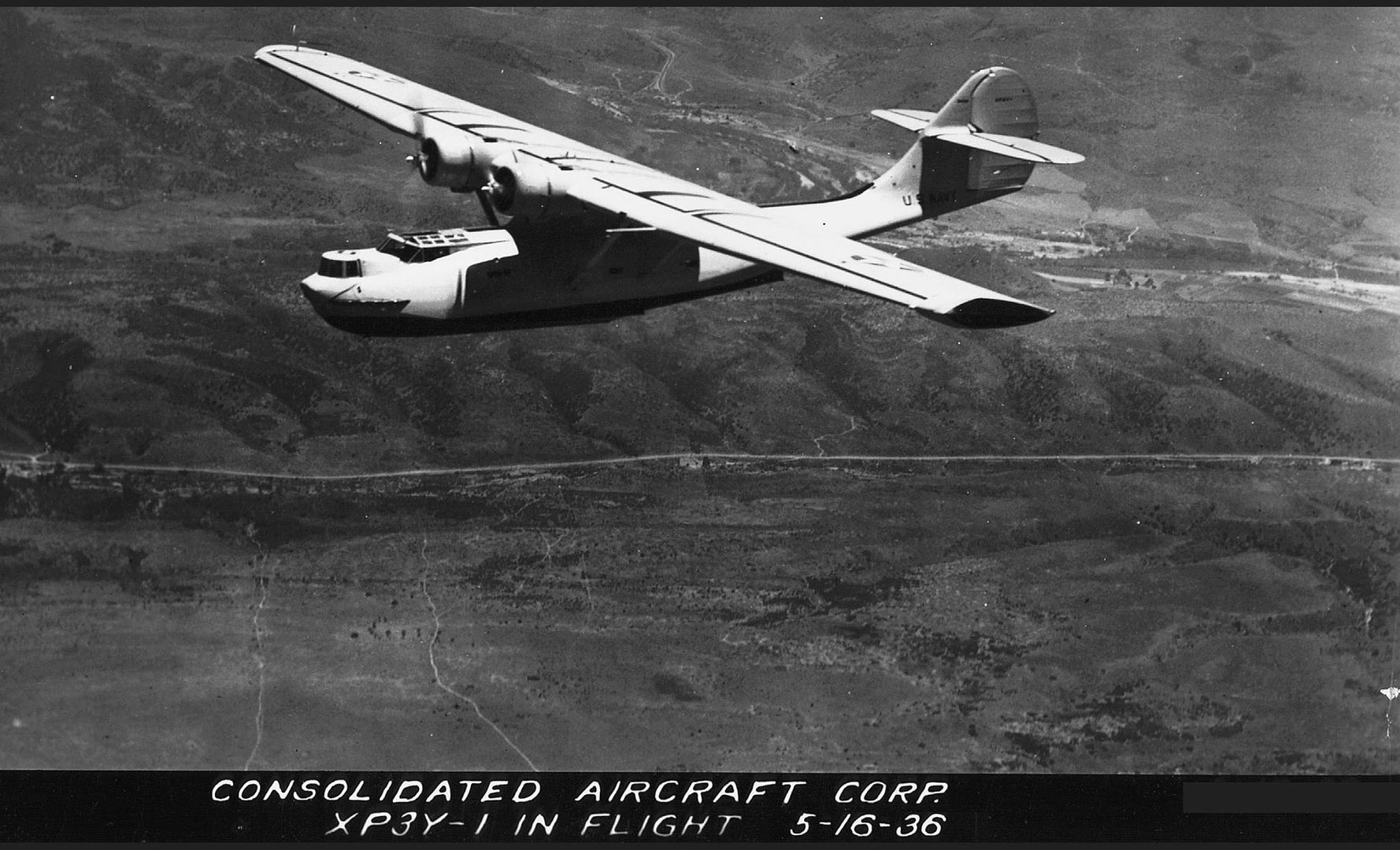
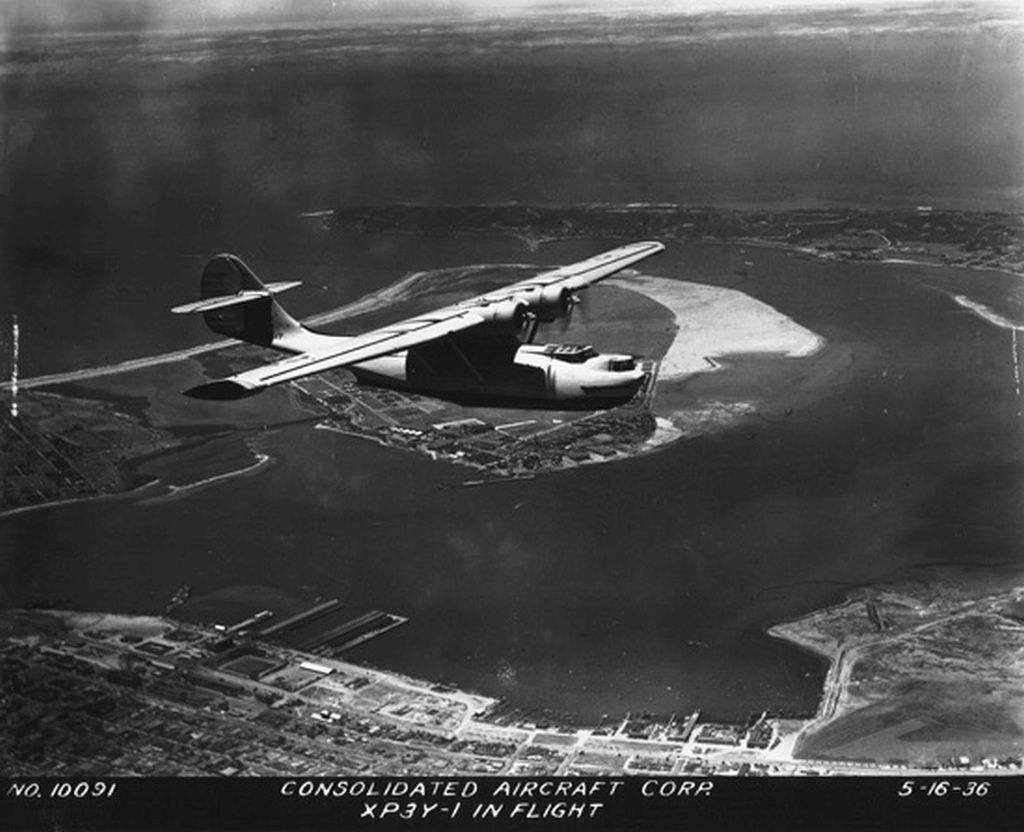

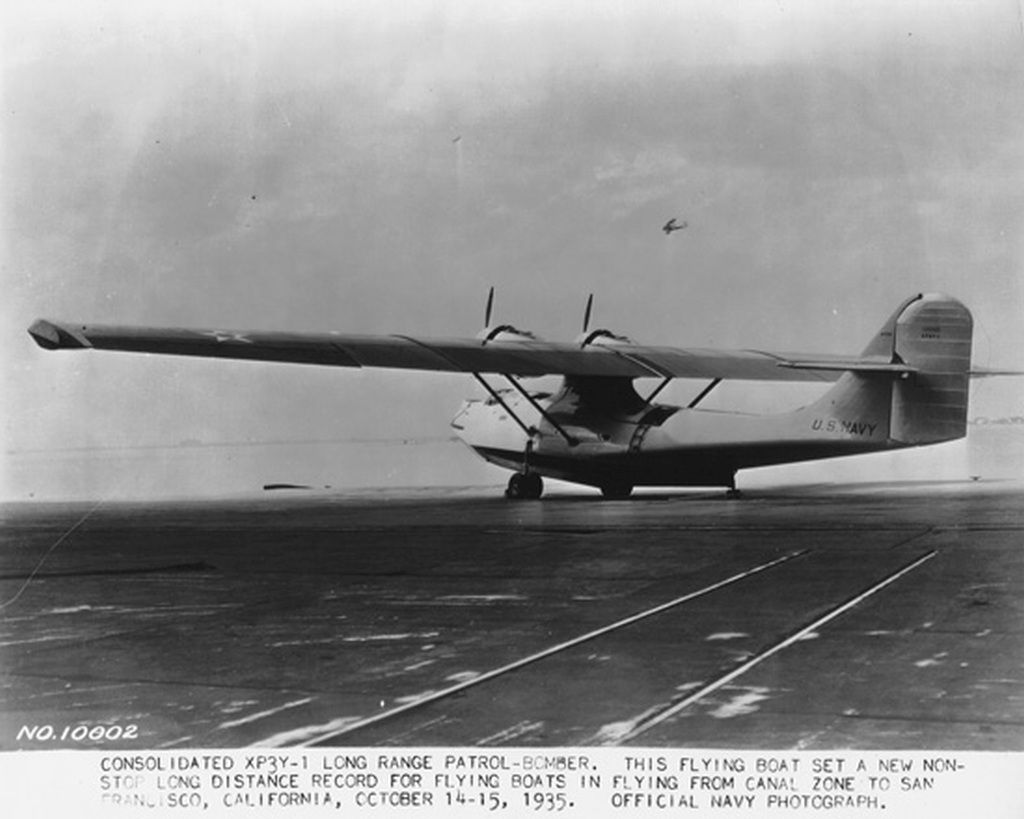


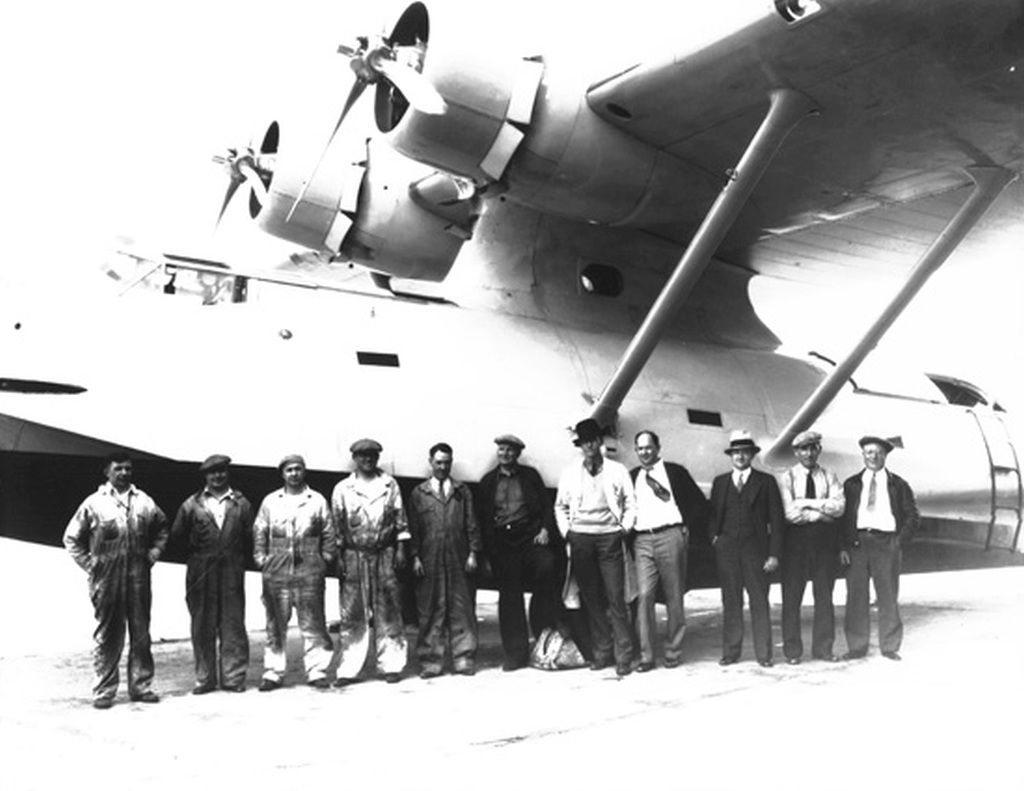
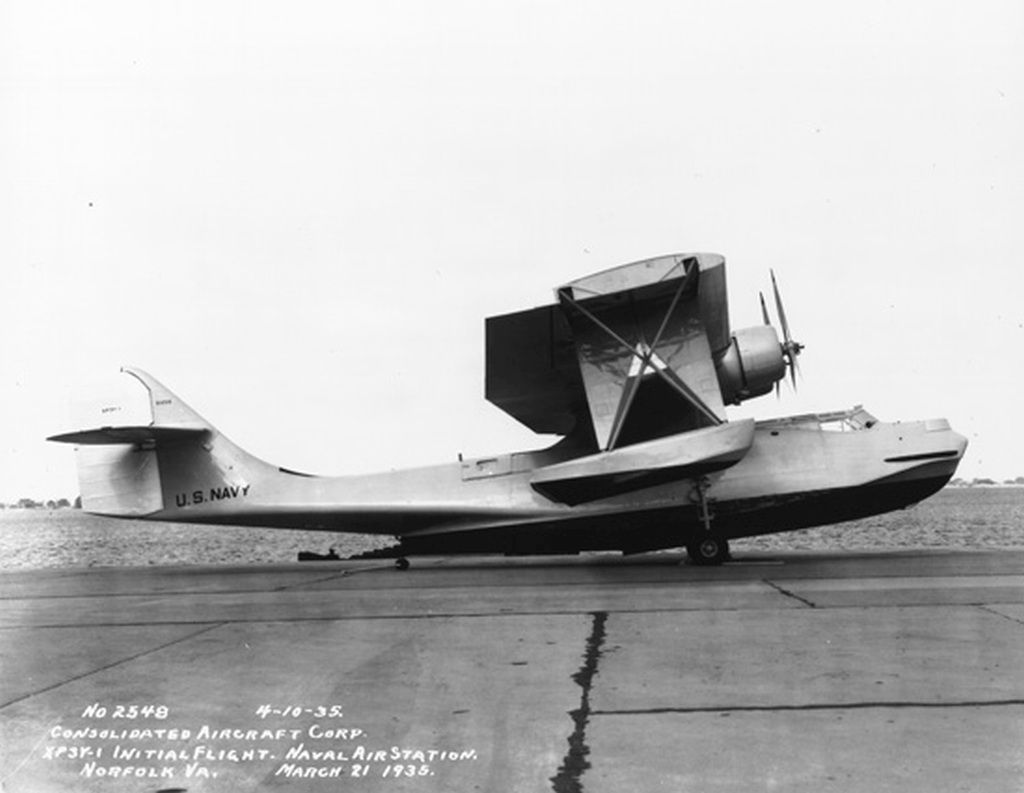
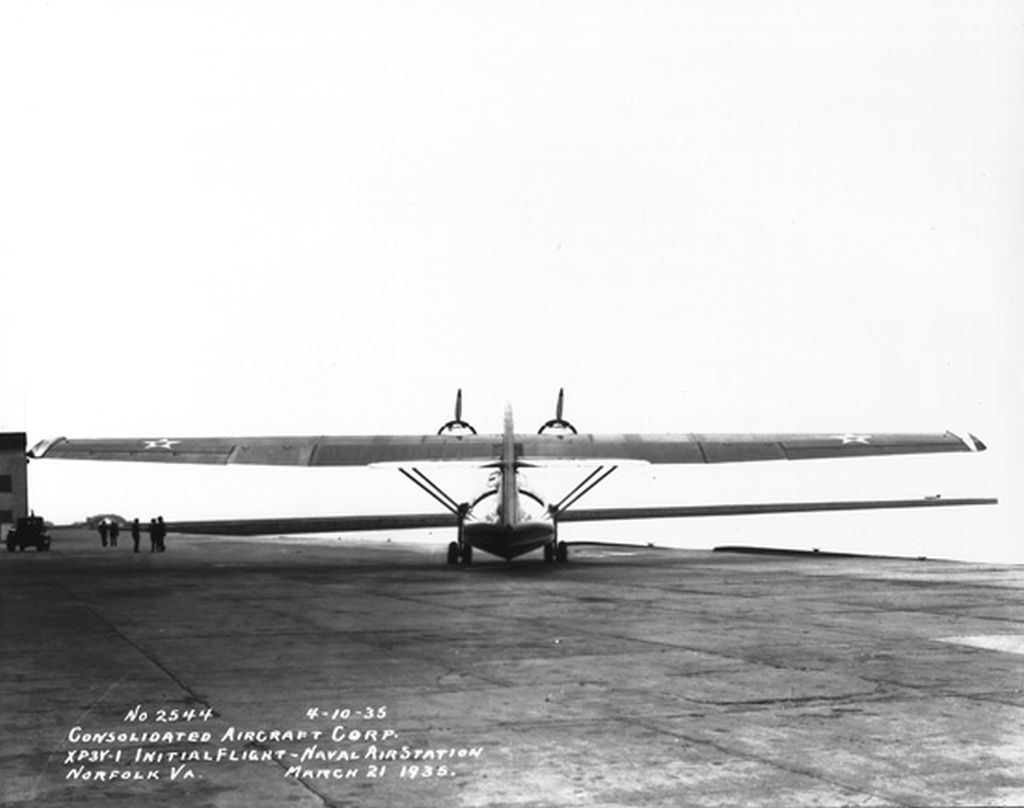
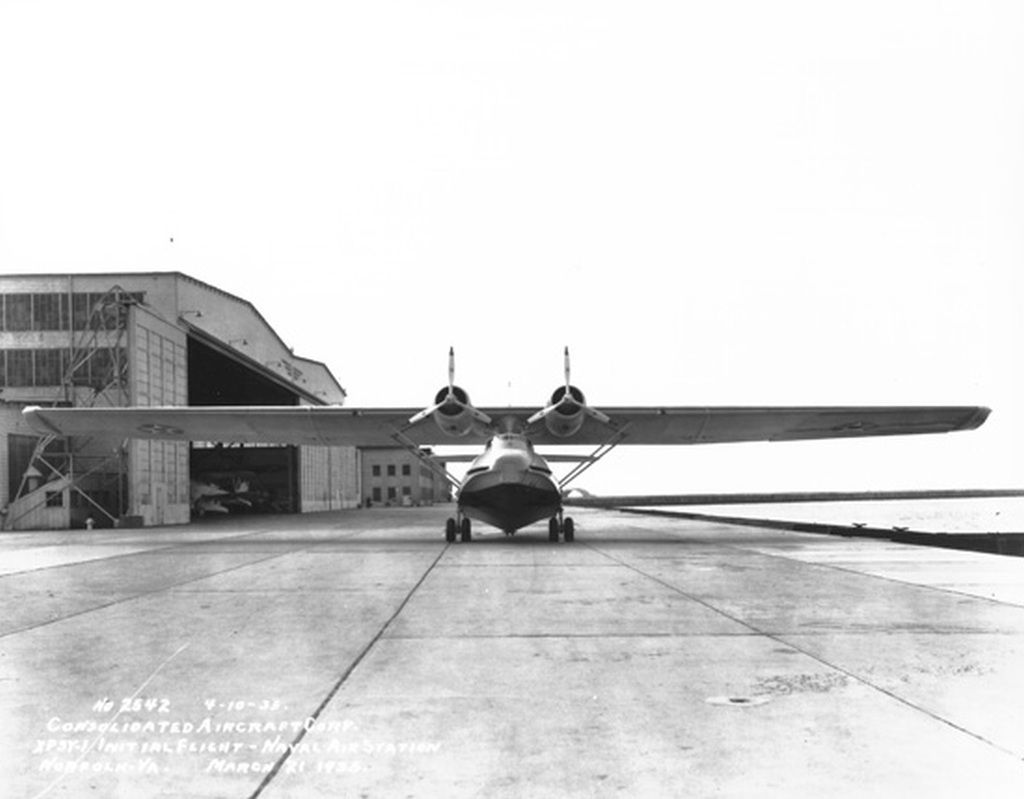

Post a reply
- Go to Previous topic
- Go to Next topic
- Go to Welcome
- Go to Introduce Yourself
- Go to General Discussion
- Go to Screenshots, Images and Videos
- Go to Off topic
- Go to Works in Progress
- Go to Skinning Tips / Tutorials
- Go to Skin Requests
- Go to IJAAF Library
- Go to Luftwaffe Library
- Go to RAF Library
- Go to USAAF / USN Library
- Go to Misc Library
- Go to The Ops Room
- Go to Made in Germany
- Go to Campaigns and Missions
- Go to Works in Progress
- Go to Juri's Air-Raid Shelter
- Go to Campaigns and Missions
- Go to Works in Progress
- Go to Skinpacks
- Go to External Projects Discussion
- Go to Books & Resources
